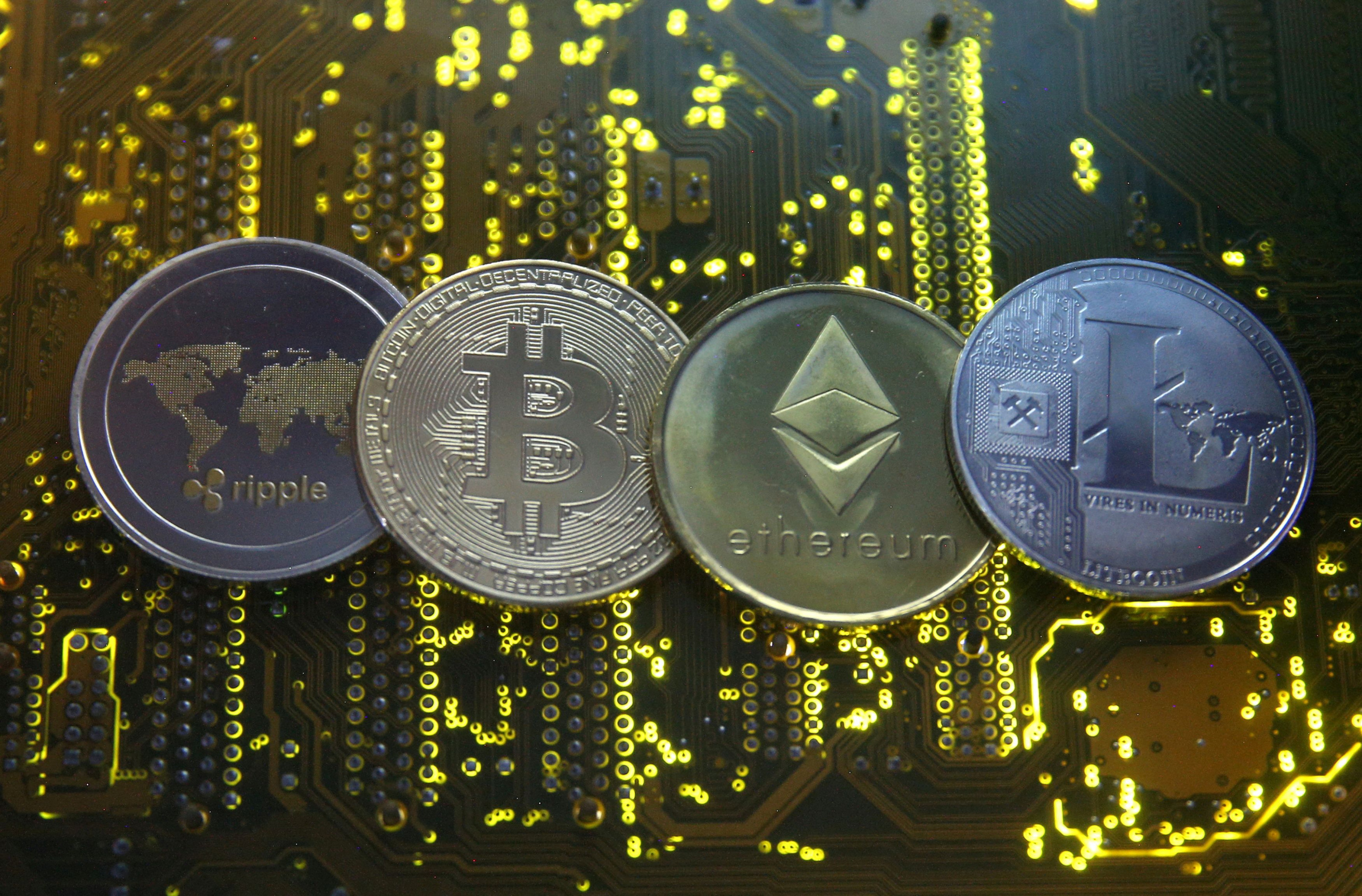Last updated on September 19th, 2022 at 11:31 am
When you can barely give a proper definition for currency, it is hard to imagine what ‘crypto’ must truly mean, let alone cryptocurrency.
And apparently, money evolves. I’d suppose at least 5 people from every 10 stay conscious of a coming man-inspired curve along the path of what item, object, or concept man decides to confer value on.
It then comes as no surprise that in a time when technology is pacing nearly faster than the Flash himself, money too decides to go virtual (why not, when Real Estate has?).
Doesn’t it feel incredulous, even shady, to have treasures you can’t have physical contact with? I don’t see Mansa Musa loving wealth stored like this. Oh, well, except he first reads this to find out what it’s about.
But before we talk about the currency now tagged ‘crypto’, perhaps we should remind ourselves what currency is, and what the money it represents means as well.
What is money?
Money is a unit of account or measurement. Better put, money is what we use to determine the value of an item or a service in indirect trade (the barter system of trade is a direct way to trade. However, the evolution of money expectedly explains it). And there are three major types of money.
They are commodity money (monies with value in themselves, e.g., gold and silver coins); representative money (items or concepts authorized to be issued in the place of a currency even though they have no value in themselves, e.g., cheques and promissory notes) and finally, fiat money (money or currency that has been made legal tender by a government).
What is currency?
According to some monetary viewpoints, money, in its truest sense, is a concept or idea and isn’t exactly tangible. It’s first the value conceived in minds.
It’s only value or worth as thought and measured by man. Currency is then the tangible representation thereof, the item or mode by which we decide to express or reveal monetary value.
Hence, money remains money not minding where, when, and with whom you trade, but currency often changes based on location, time, or season, and the individual(s) with whom you trade or store wealth.
A currency is therefore an object or concept used to facilitate monetary or financial transactions.
What is ‘crypto’?
The term ‘crypto’ is an abbreviation for ‘cryptography’. Crypto or cryptography is the use of encryption and decryption to keep data safe against third-party access.
One simple example of cryptography is the encryption of chats on social media (e.g., WhatsApp). At the top of a new WhatsApp conversation, a body of text runs: “Messages are end-to-end encrypted. No one outside of this chat, not even WhatsApp, can read or listen to them…”
To protect data, letters may be replaced with other characters through the computerized process of coding.
Your conversation becomes secure from third parties. So, cryptography is about writing and solving codes for security from uninvited parties (and hey, we know these eavesdroppers to have ulterior motives, don’t we?).
Cryptography shields data from unauthorized elements (if you find ‘eavesdroppers’ crude). It does so by changing data to forms third parties just can’t identify.
What then is Cryptocurrency?
Cryptocurrency is a digital or virtual currency made to function on the premise of cryptography. It works on blockchain technology (databases) and serves as a payment portal, a medium for buying, selling, and determining value.
To define in a few lay words, cryptocurrency is money inside computers.
And if you’re guessing it’s a decentralized system, you’re correct. Cryptocurrency isn’t issued, controlled, and managed by a company, group of companies, financial institution(s), government, or any central authority.
Given these conditions, cryptocurrency transactions are speedy independent operations that have 100% functionality success.
Although predictions about digital currencies span decades, the first cryptocurrency was created in 2009 by an individual or group under the pseudonym “Satoshi Nakamoto.”
He named it BITCOIN, and since then, numerous cryptocurrencies have surfaced, some in the same success route and others in woeful failure—they are all part of the ‘fair interplay’ in the advancing world of virtual currencies.
However, cryptocurrency is volatile (it has the potential for massive upward or downward movements in value in just a brief time). It’s therefore tough, howbeit relative, to tell what cryptocurrency one should consider a success or failure.
Key Take-home Points:
- Since money is known to change form now and then, cryptocurrency now works just fine as a measurement of value. Mankind has now chosen to confer value on a computer-based representation of money.
- Currency isn’t the same as money. Every currency may be money, but money itself isn’t a currency. Everyone accepts and uses money globally, but not all currencies are accepted and used on a global level.
- Cryptocurrency is a digital currency that functions on the internet and serves as a medium of exchange and payment.
- Cryptocurrency is decentralized, and so isn’t issued, controlled, and managed by any central authority.
- Bitcoin is cryptography’s first currency.
- Cryptocurrencies are volatile. Buying and selling right can get you rich, and missteps can get you in the ditches.
Cryptocurrency is here to stay and it is still in its early stage, so don’t panic when you see people indulging and you haven’t. Take your time and do your research, study the concept very well before taking your first step.
I hope you found value in this content. “Sharing is caring,” please help share this post on your social media platform and also with friends who might be interested in content like this.

